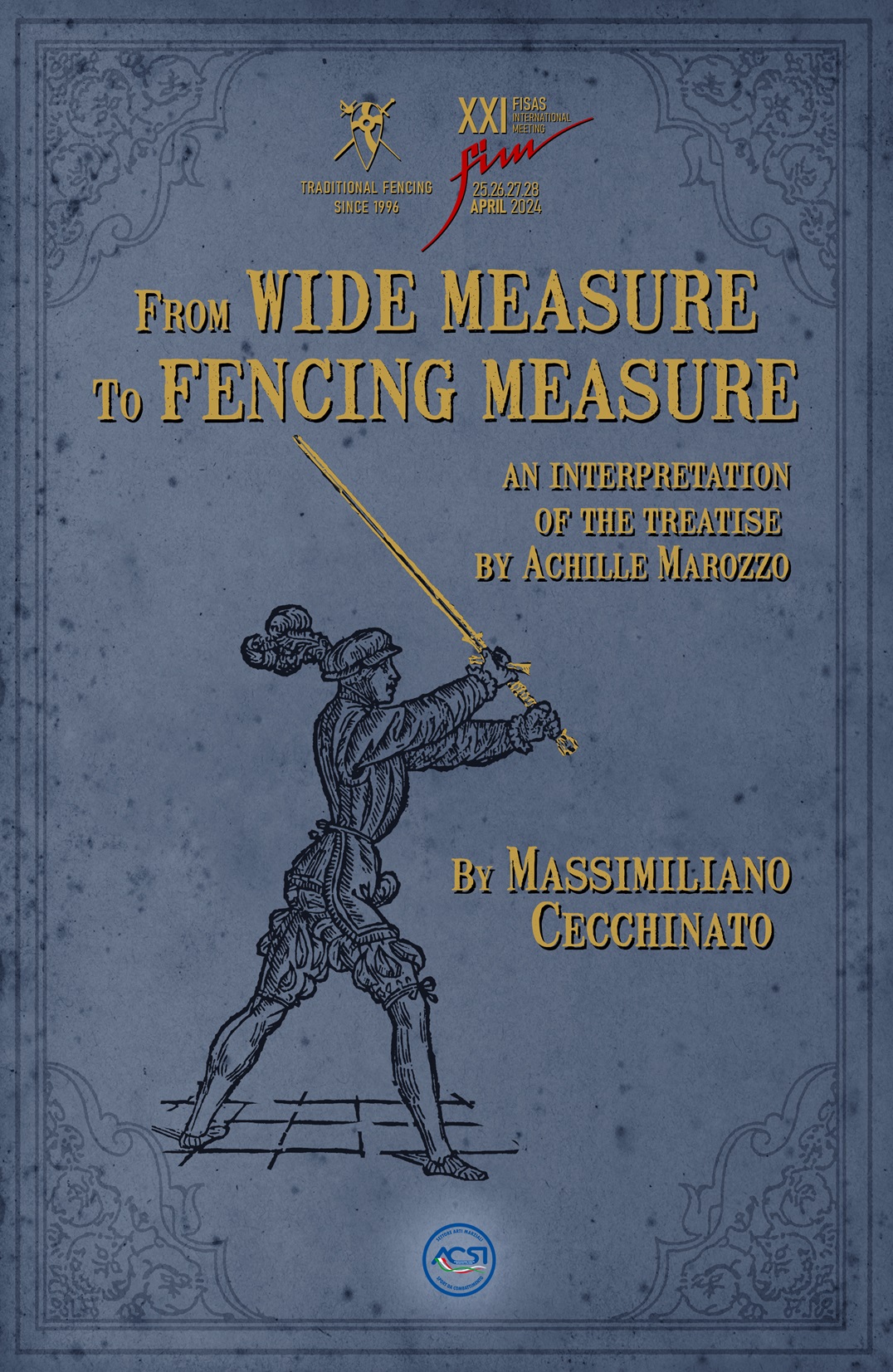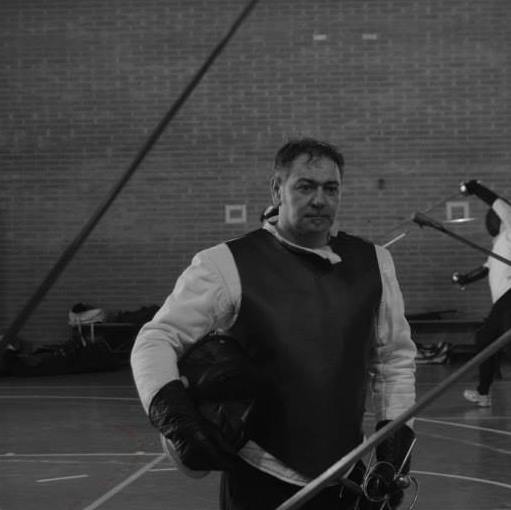
Synopsis:
In reading treatises on the two-handed sword, it is not uncommon to come across the term “gioco largo”. This concept appears in various works related to our “old school”, and could be conceived as a sort of ancestor of the tracking and opening of the opponent’s line games widely used in the more modern foil and sabre.
The old school approach instead provides for a game based on walking, moulinets, positions and guards. But how to explain the concept of “gioco largo”? How can it be exploited in an assault situation? And, above all, how can one then bind the blades effectively? These questions are answered by the great masters of the Renaissance: first Fiore de’ Liberi, followed in the two following centuries by Achille Marozzo and Francesco Alfieri, who in the chapters of their works on the two-handed sword cover the sequences of “gioco largo”, of capturing the opponent’s blade and then imposing their own “gioco di misura”.
“Hora guarda che al nome de Dio daremo principio a l’arte della spada da due mane, de gioco largo e
ancho de stretto; e de prese de spada faremo pure assai belle cose e faremo anchora contra arma
inastate da solo a solo & in compagnia & a ogni fogia che accadesse adoperare la ditta spada da due
mane: sicchè pertanto tu starai attento e notarai lo infrascritto ordine.”
Through the analysis of “El primo assalto de la spada da due mani” taken from the “Libro Terzo” of Achille Marozzo’s work, this lesson proposes a series of considerations on the concepts of “gioco largo” as a series of actions aimed at intimidating the opponent and gaining the measure, and of “gioco a misura” understood as all those actions to be carried out once the blades have come into contact.
Bio:
After years of practicing various sports disciplines and experiencing the world of reenactment as a participant and then president, he discovered the world of traditional fencing thanks to FISAS. After studying under the guidance of Andrea Lupo Sinclair, he obtained the title of Prevosto d’Armi (first level ACSI instructor) in the discipline of two-handed sword in 2013.
For years he was a teacher and main collaborator of Giubbetto Nero Giorgio Sgaravatto in teaching the FISAS method at the “Tempo & misura” fencing hall. Today he is the only remaining provost and main reference point, especially for what concerns the precepts of the old school and in particular of the two-handed sword.
